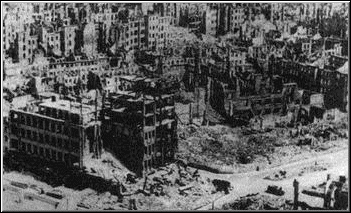| Hazards | |
| Flammability | |
| Napalm bomb | |
| Effects on humans |
About Napalm: it's composition and a brief history
Napalm is a jellied gasoline and the modern day version is made up of polystyrene (46 parts), gasoline (33 parts) and benzene (21 parts).
Canisters containing napalm can even be bought over the net (click picture).
Napalm was first developed in 1942 by Harvard researchers cooperating with the U.S. army and used in bombs and flame throwers by mixing a powdered aluminium soap of naphthalene with palmitate (hence napalm). On their own, naphthalene and palmitate are relatively harmless substances. Napalm itself, is a jelly obtained from the salts of aluminium, palmitic or other fatty acids, and naphthenic acids.
Napalm is the most controversial weapon of war used in WWII and the vietnam war. During World War I, both Germany and the U.S. used an early form of napalm in combat flamethrowers, but the substance burned out too quickly to be very effective at igniting targets. Napalm was a big hit with the allied forces, who used it extensively in World War II in flamethrowers and fire bombs. Military records indicate that about half of the bombs that rained on Dresden, creating that city's notorious firestorm, were napalm bombs.

1182 tonnes of incendiaries were dropped creating a firestorm that destroyed Dresden.
Because napalm was so effective during the wars, it was further developed to make it safer use. Modern day napalm uses no napalm at all! (naphthalene or palmitite). Instead a mixture of polystyrene, gasoline and benzene are used.